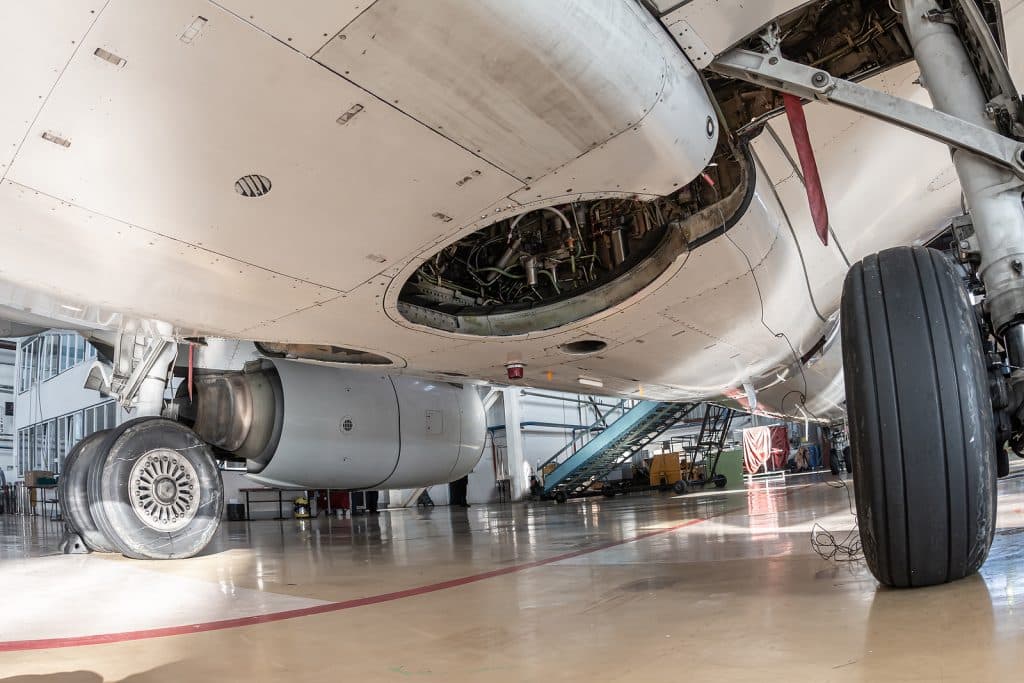In the world of aviation, where safety, durability, and efficiency are paramount, the choice of infrastructure plays a pivotal role. Among the options available, a steel hangar for airplanes stands out for its exceptional qualities. The inherent strengths of steel construction offer a myriad of advantages that contribute to the overall functionality and reliability of an hangar. This article explores the numerous benefits that underline the preference for a steel airplane hangar.
Table of Contents
Strength in Structure: The Advantages of a Steel Airplane Hangar
Unyielding Durability
Steel’s robust nature ensures an extended lifespan for hangars. The material’s resistance to corrosion, termites, and extreme weather conditions translates to reduced maintenance costs and increased longevity. This durability proves especially crucial in safeguarding aircraft against the elements, preserving their condition and structural integrity.
Exceptional Structural Integrity
The inherent strength of steel imparts remarkable structural integrity to hangars. The material’s high tensile and compressive strength allows for the creation of expansive, column-free spaces. This attribute is particularly beneficial for accommodating large aircraft, promoting efficient maneuverability within the hangar, and facilitating maintenance procedures.

Customizability and Flexibility
Steel construction offers a high degree of customizability, allowing for tailoring hangar designs to specific requirements. The material’s malleability enables architects and engineers to fashion hangars of various sizes and configurations, ensuring optimal space utilization. This adaptability also enables the incorporation of future expansions or modifications with relative ease.
Cost-Efficiency
While steel construction might initially entail higher costs, its long-term cost-efficiency becomes evident. The material’s durability reduces the need for frequent repairs and replacements, saving on maintenance expenses. Moreover, steel’s lightweight nature minimizes foundation requirements and simplifies construction processes, ultimately contributing to overall cost savings.
Environmental Sustainability
Steel airplane hangars are environmentally friendly due to their recyclability and energy-efficient properties. The recyclability of steel reduces the demand for new raw materials, decreasing the industry’s ecological footprint. Steel’s reflective surface minimizes heat absorption, promoting energy efficiency and reducing cooling demands.

Rapid Construction Timelines
Steel’s pre-engineered components streamline construction timelines significantly. The ability to fabricate steel elements off-site accelerates the assembly process, reducing overall construction duration. This quick construction turnaround is advantageous for aviation companies aiming to initiate operations promptly and minimize downtime.
Fire Resistance
Steel’s innate fire-resistant properties enhance safety within hangars. The material’s high melting point and low combustibility mitigate the risk of fire-related damages. This attribute not only safeguards aircraft but also protects valuable equipment and infrastructure housed within the hangar.
Aesthetic Appeal
Modern steel hangar designs seamlessly blend aesthetics with functionality. The material’s sleek and contemporary appearance lends itself to architectural creativity. Incorporating visually pleasing elements into the hangar’s design enhances the overall environment, promoting a positive impression for visitors and personnel alike.

Structural Consistency
Steel’s uniform properties ensure structural consistency across hangars for airplanes. This predictability aids in the calculation of load-bearing capacities and stresses, resulting in safer designs. Engineers can confidently design hangars that meet stringent safety standards, ensuring the protection of aircraft and personnel.
Resilience in Adverse Conditions
Steel hangars for airplanes demonstrate resilience in the face of natural disasters. The material’s ability to withstand earthquakes, hurricanes, and other catastrophic events reduces the vulnerability of valuable assets within the hangar. This aspect is particularly relevant in regions prone to such occurrences.
In conclusion, the advantages of a steel airplane hangar.are manifold, making it a preferred choice for aviation infrastructure. Its durability, structural integrity, customizability, and cost-efficiency contribute to its prominence in the industry. The environmental sustainability, rapid construction, fire resistance, and aesthetic appeal further solidify its appeal.
Read more – How Airports Benefit From Smart Parking Management Solutions








